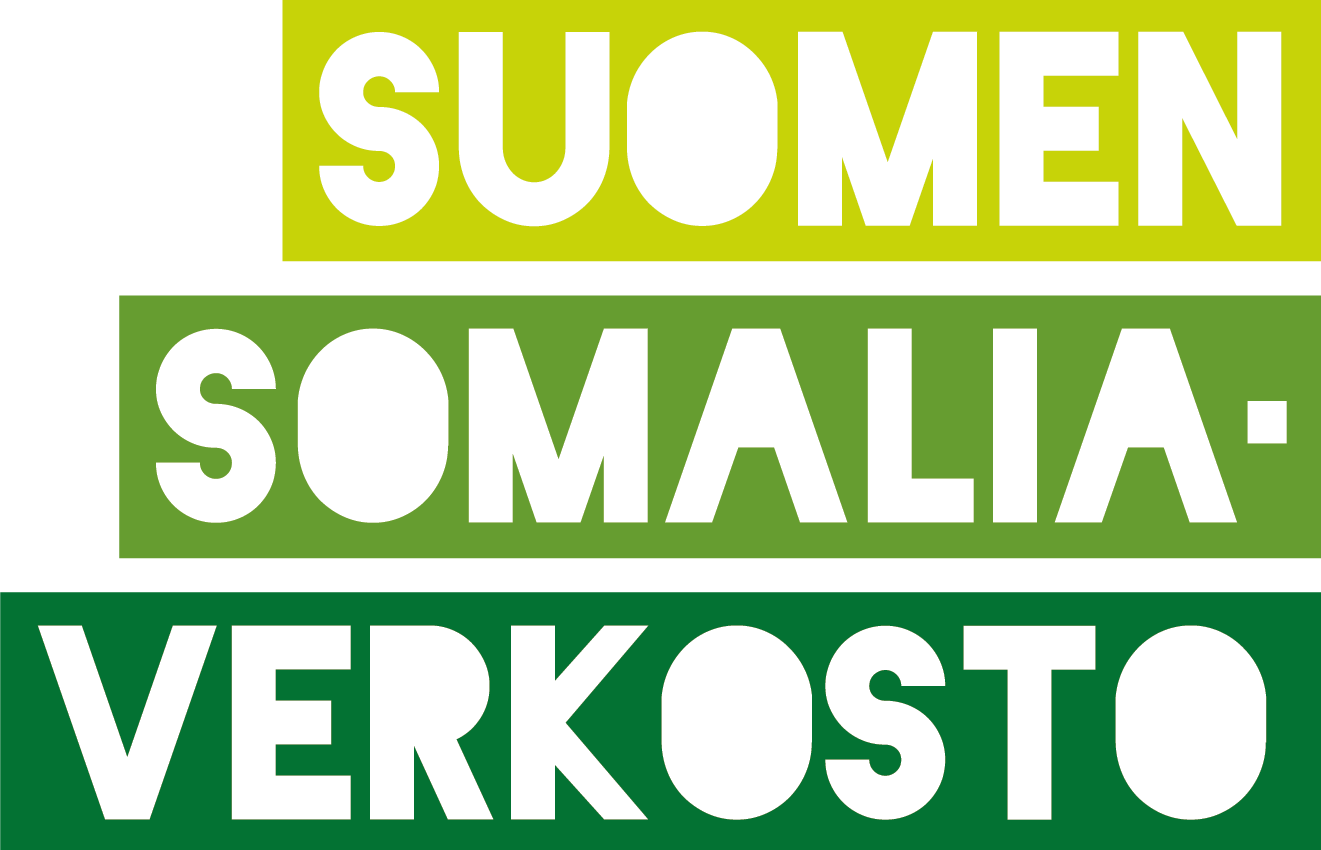
Ending desertification in Somalia with knowledge, good governance and durable species
Ramaad means luscious nature, something that seems like a dream in the desert drained by the droughts. The objective of the Ramaad project is to prevent desertification by increasing people’s environmental awareness, planting trees and increasing tree species that are durable even in dry periods.
The goal of Ramaad project is to tackle desertification in Somalia. By doing so, the lives of 200 000 people can be made easier as they suffer from drought, desertification, lack of farmlands, unemployment and one-sided nutrition.
Achieving the goal requires increasing environmental awareness, good environmental governance and the use of durable tree species. During the project, environmental centers have been established. They grow trees and test species suitable to the area.Tree samplings are being planted in people’s and schoolyards and public places.
The goal of planting trees is to improve soil quality, curb erosion and slow down desertification. It also improves food security as fruit trees provide with the much needed minerals and vitamins topping up the one-sided diet.
“I wish that the project would expand to several locations, so more people could gain from its benefits.”
Sahra (32) shopkeeper
Besides planting trees, the environmental centers give out information on the importance of environmental protection. They organize school visits and courses to improve the state of the environment.The centers also conserve local tree species and aim to increase the use of drought-durable species. The goal is that in the future the centers are self-sufficient from selling tree saplings. During the implementation of the Ramaad project, environmental awareness in the project areas has improved significantly and tens of thousands of trees have been planted.

Limiting charcoal production
One of the project goals is to diminish cutting trees to make charcoal. Drought and desertification have made it impossible to live the traditional cattle-herding lifestyle in many areas in Somalia. When people look for new means to support themselves, many have turned to the lucrative business of selling charcoal.
Schoolchildren’s knowledge on protecting trees and the negative effects of using charcoal has increased. It’s widely known that by increasing children’s environmental awareness, you can affect the whole family and future generations.
Environmental problems behind displacement and conflicts
Although it’s not possible to tackle all the effects of climate change with just a few Finnish Somalia Network projects, the catastrophe resilience of people can be increased. The poor state of the environment makes many young people leave and look for a better life in Europe.
The root cause for the increasing amount of people leaving their country and seeking an asylum is often the modest chances to making a living at home. It is predicted that environmental problems will play even a bigger role in the conflicts in the future. In the long run, development cooperation can promote peace and development also in Somalia.
Ramaad project aims to affect on the state of environment in Somalia by distributing information on sustainable use of natural resources and increasing earning possibilities in the project areas. Together with local authorities, a more sustainable environmental policy is shaped.
The decades-long conflict has made cooperation between different parts of the country more difficult. One project outcome is that the joint meetings between Somali project partners have made the cooperation easier and increased contacts between the actors of different environmental protection sectors.
The best practices of our first environmental project Sahansaho were implemented into planning of the Ramaad project.
What?
Planting trees and testing species. Increasing environmental awareness. Aiming for an environmentally more sustainable local government. New ideas for charcoal sellers.
Where?
Guriel and Dhusamareeb in Galmudug region, El-Adde in Gedo region and Afmadow in Jubaland region.
For whom?
Beneficiaries include families in the project areas, farmers, women, charcoal producers and sellers, local governments, students, teachers and volunteers. In the long run many communities in the dry areas in Somalia and Horn of Africa will benefit from improved state of the environment and environment protection know-how.
When?
The project started in 2014. The current project phase of 2019–2022 will be the final phase of the project. The project is funded by the Ministry of Foreign Affairs development cooperation funds, donations and membership fees.
With whom?
The Ramaad project is administered and coordinated by the Finnish Somalia Network, and it has three partner organizations in Finland and three partners in Somalia.
The partners in Finland are: Gannaane, Sahed and Suomi-Somalia Seura.
The partners in Somalia are: Action for relief and development (ARD), Agro-pastoral charity organisation (APCO) and Sahal Healthcare and Development Association (SAHDA).
The Network also collaborates closely with The Viikki Tropical Resources Institute (VITRI).
Further information:
Maiju Korpela
Project Manager, development cooperation
Hiil Hooyo, Sahansaho and Ramaad Projects
+358 44 777 9522
maiju.korpela (at) somaliaverkosto.fi
